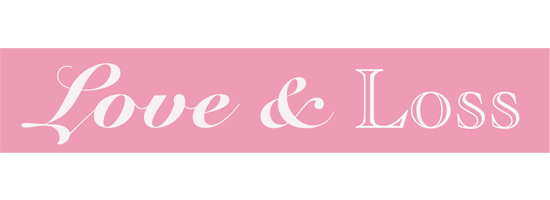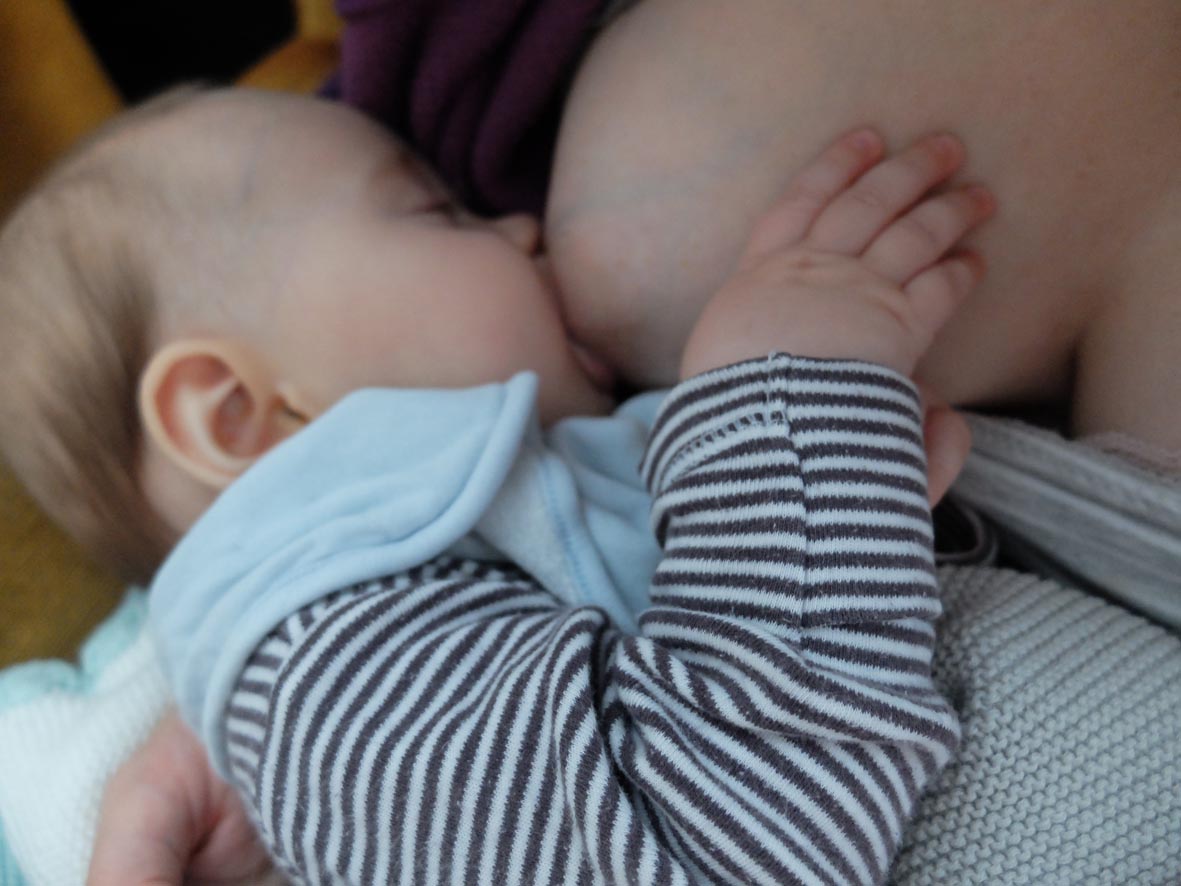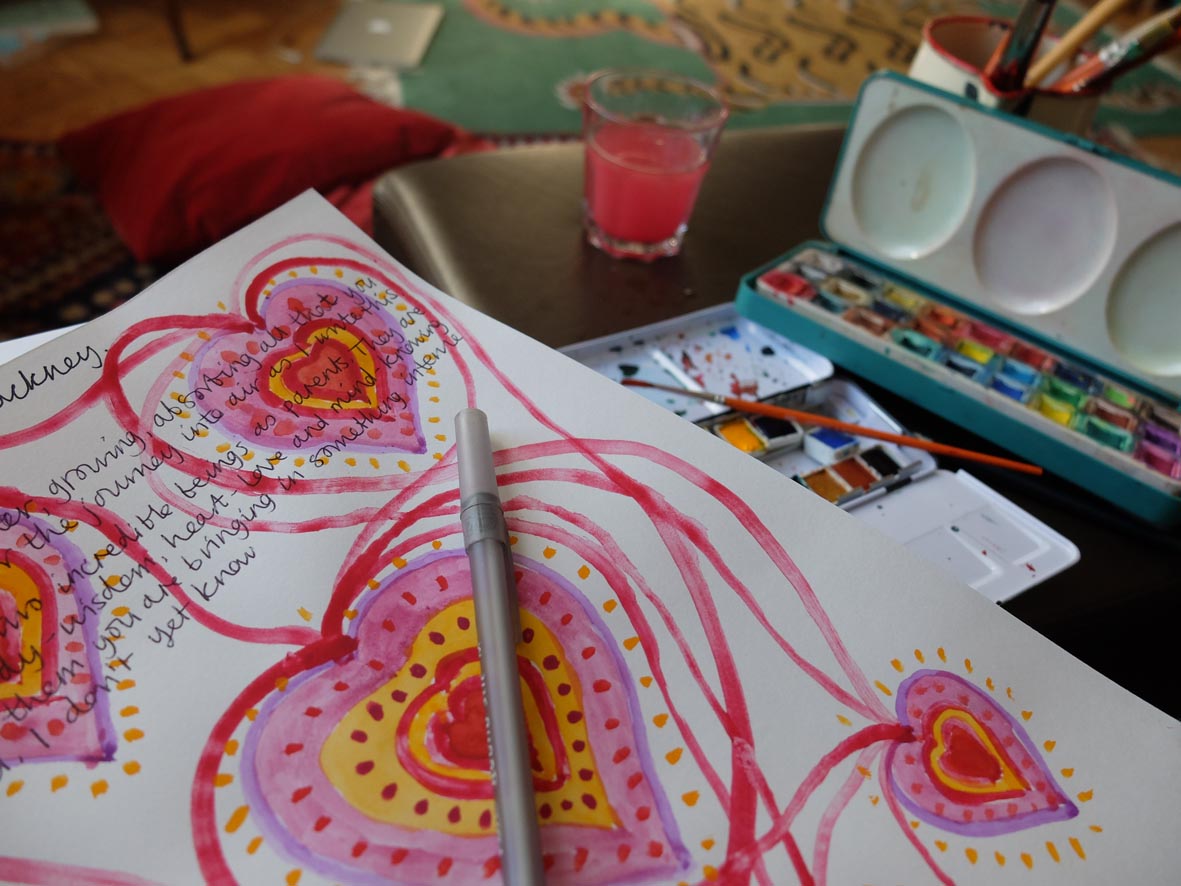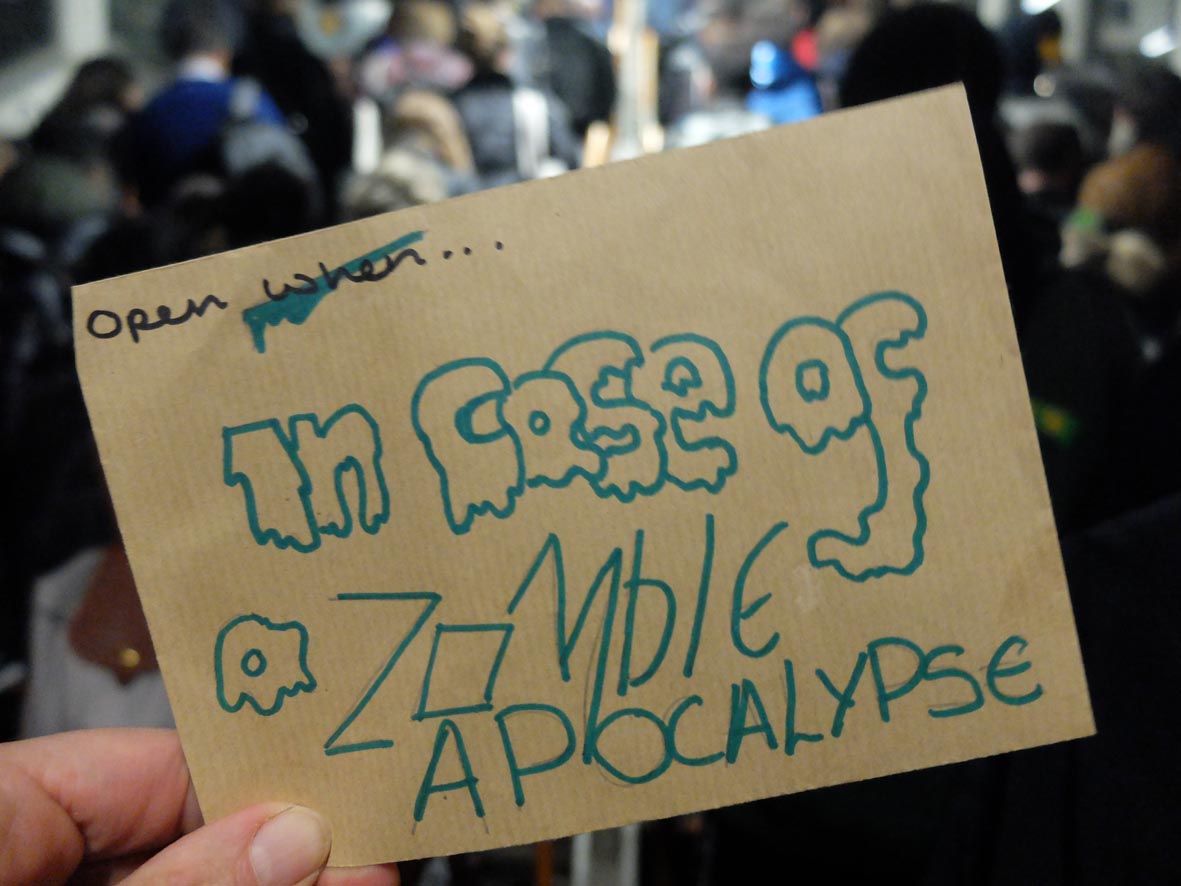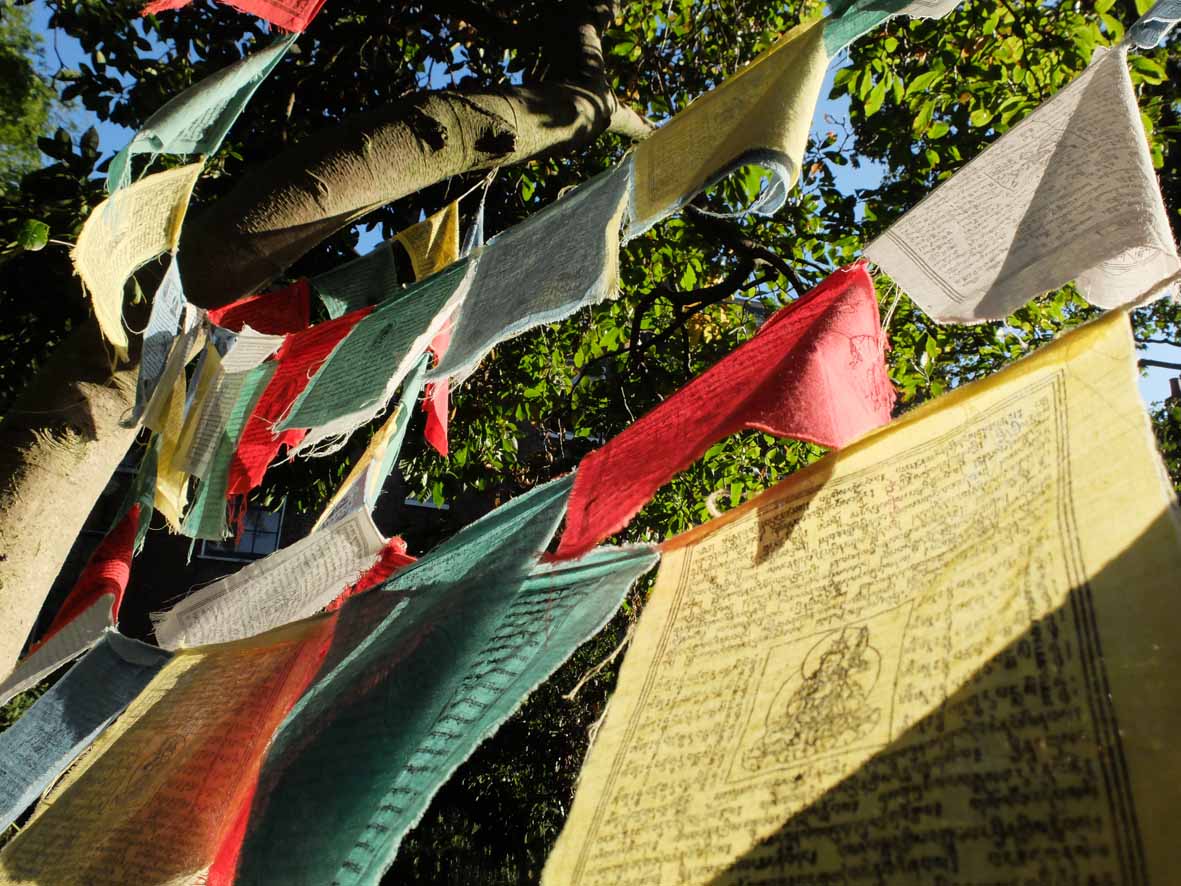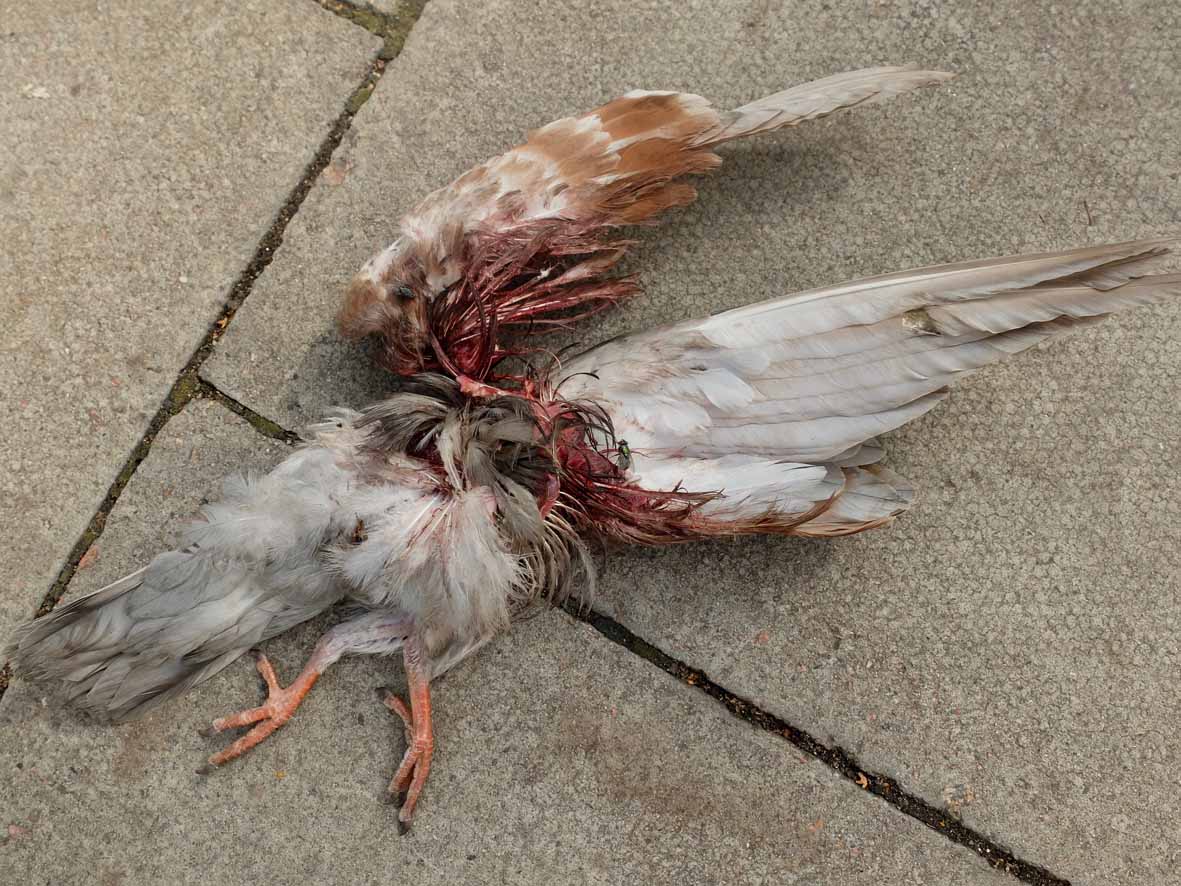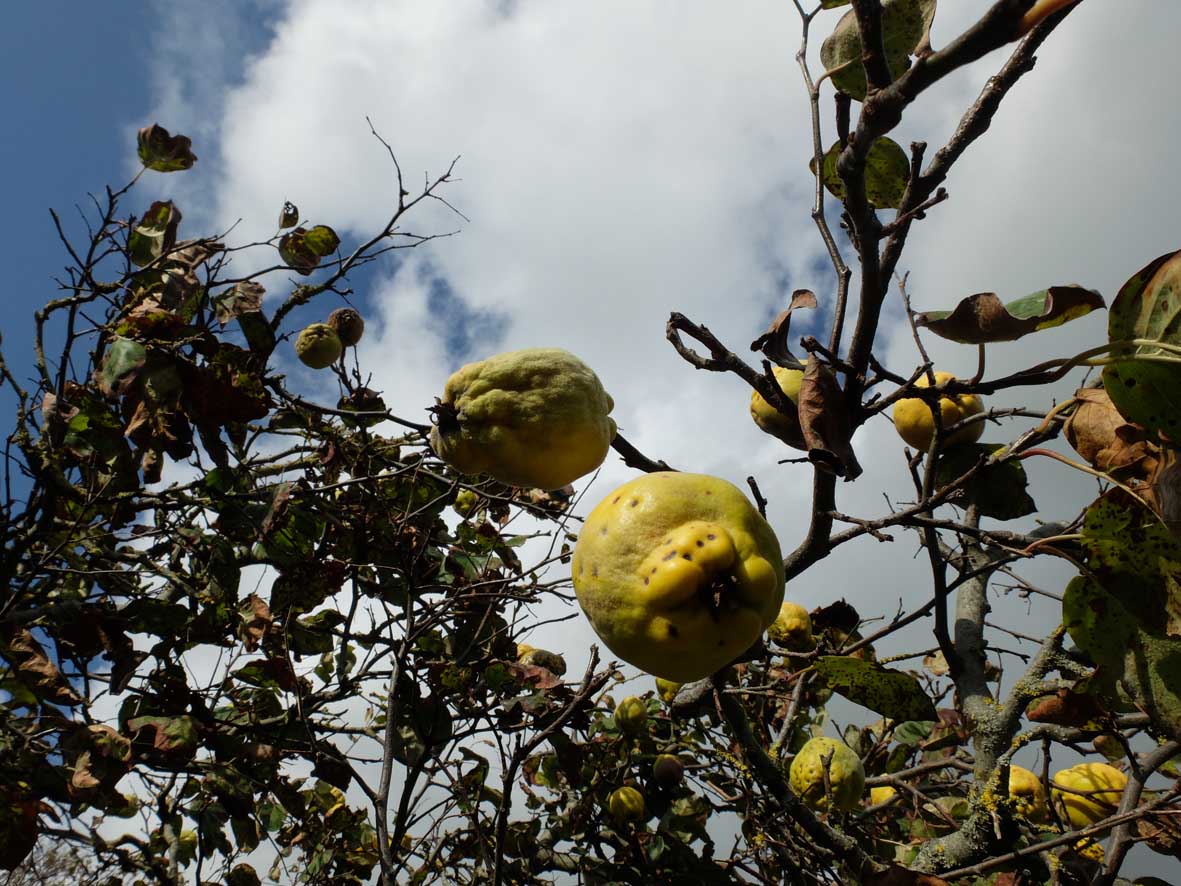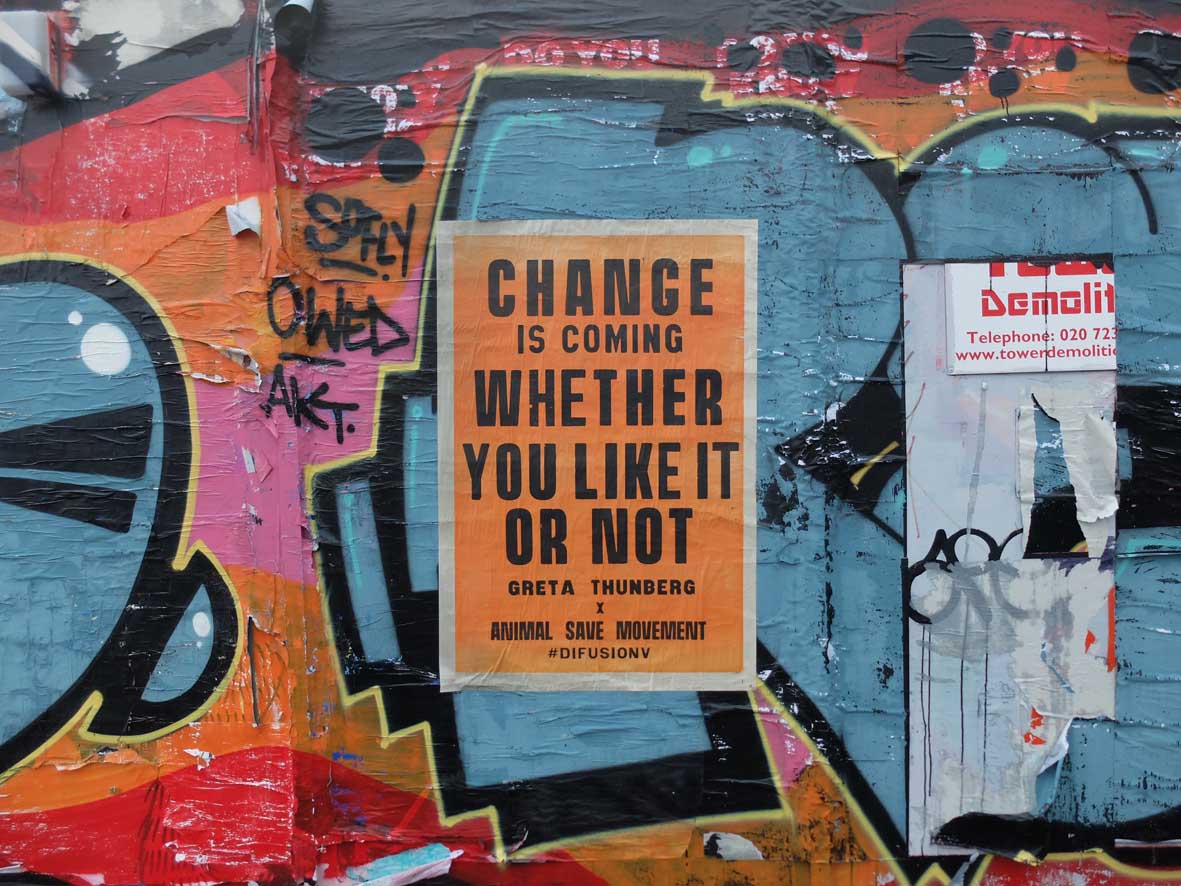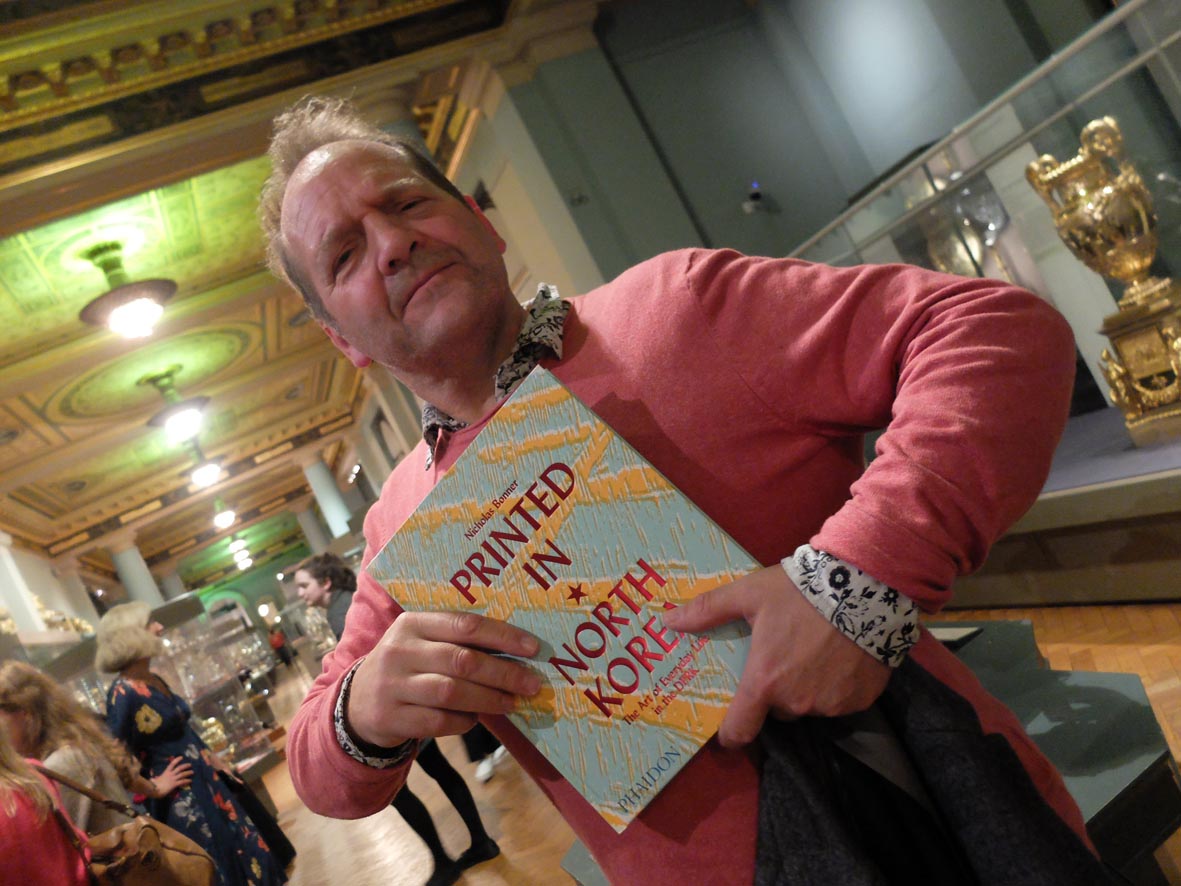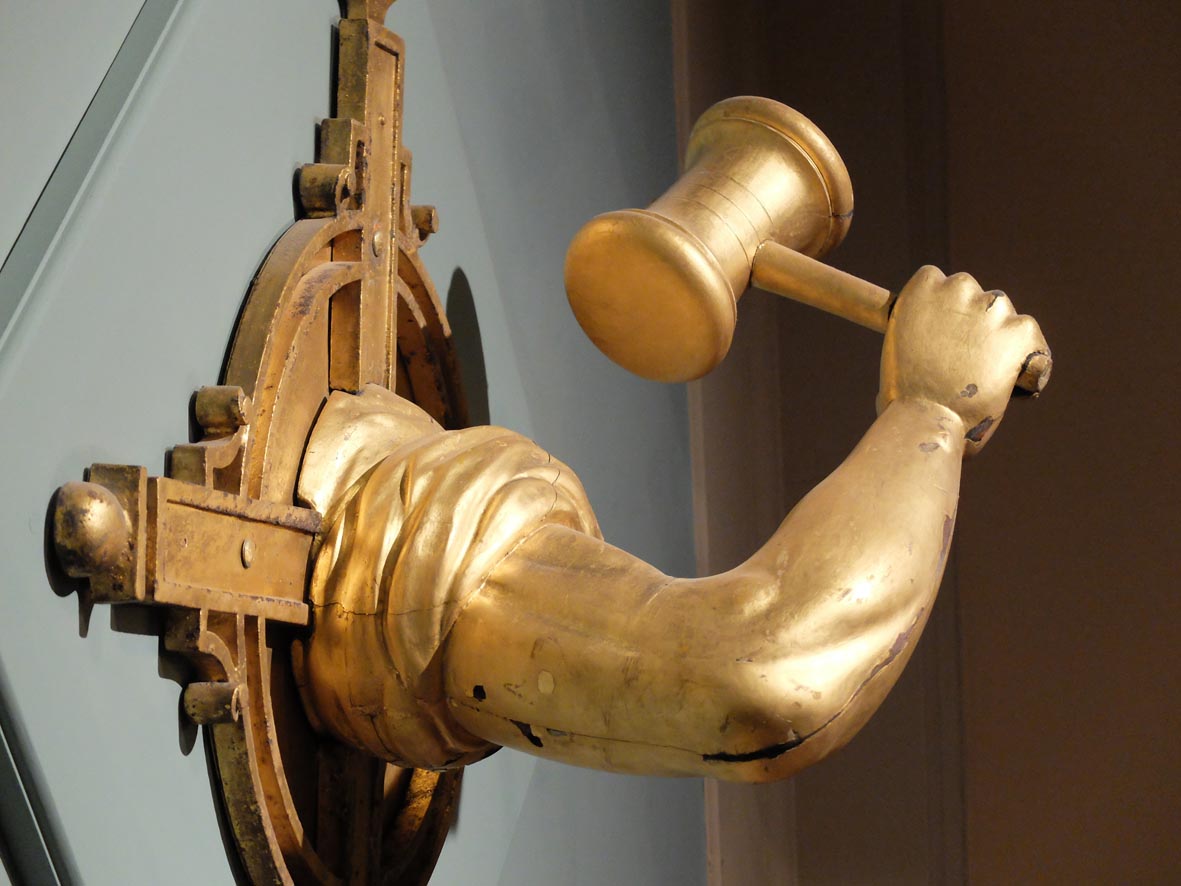11 Nov Celtic Gravestone
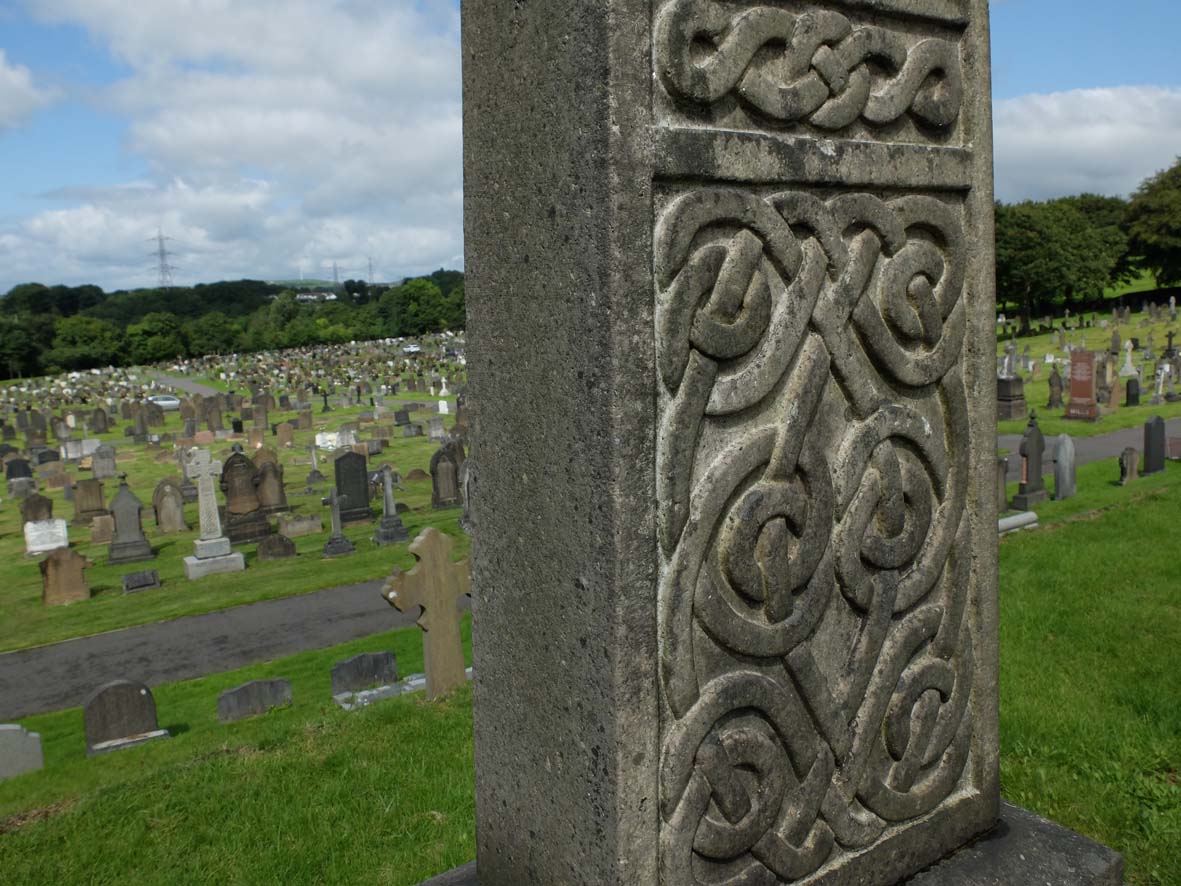 I made a donation for a white poppy knitted in sparkly wool. I lost it before I could commemorate it with a photograph. I wanted to make a gesture of remembrance that spoke to peace. The red poppy leaves me feeling a little uncomfortable, that it can be easily bound up with jingoism, or mistaken for my support of a specific cause. Often in family constellations where the silence of those returned from conflicts or genocides are played out by the next generations. I feel our world wounded by the failings over and over again to recognise and hear the consequences for those at the receiving end of violence and also for the perpetrators. All of this undigested grief continues to play out in our collective unconscious. I want to say sorry for harm caused by me, by my forebears, by my nation. I want to apologise for gaps in my empathy and understanding. I don’t know how to land these words, which seem hollow. I have only my awareness to offer to the graves marked and unmarked of complex histories, as I listen to the voiceless.
I made a donation for a white poppy knitted in sparkly wool. I lost it before I could commemorate it with a photograph. I wanted to make a gesture of remembrance that spoke to peace. The red poppy leaves me feeling a little uncomfortable, that it can be easily bound up with jingoism, or mistaken for my support of a specific cause. Often in family constellations where the silence of those returned from conflicts or genocides are played out by the next generations. I feel our world wounded by the failings over and over again to recognise and hear the consequences for those at the receiving end of violence and also for the perpetrators. All of this undigested grief continues to play out in our collective unconscious. I want to say sorry for harm caused by me, by my forebears, by my nation. I want to apologise for gaps in my empathy and understanding. I don’t know how to land these words, which seem hollow. I have only my awareness to offer to the graves marked and unmarked of complex histories, as I listen to the voiceless.
